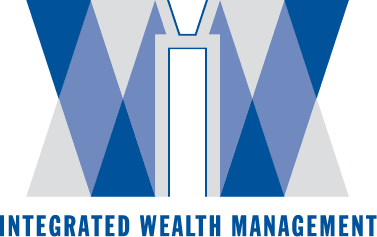When retirement is on the horizon, your mind may be in overdrive as you make mental checklists to assure you’re ready. How much will I need? Am I on track? What about health insurance? And the one that’s likely top of mind – what am I missing?
If you want to retire in 10 years, you have plenty of time to sort out all of the details. And once you conduct a thorough review of your finances, you can gain a clearer picture of your true retirement timeline.
Check-in on your retirement progress
Take a quick inventory of your assets – 401k balance, investment portfolio, savings account, etc. You simply can’t create a plan or know if you’re on track if you don’t have a clear understanding of your assets.
With this number in mind, now consider your expenses. It may be easiest to think of this in monthly terms. How much are you spending on utilities, bills, living expenses, and entertainment each month?
If you’re not in the habit of budgeting, take some time to review your bank statements to get an accurate picture of what you spend each month. Now multiply this by 12 for an estimated annual spend.
Take your assets divided by your annual spending to determine a high-level estimate of how many years you could cover if you were to retire today. How are you doing? For reference the average male American lives to be 75 years old and the average female lives to be 80.
Use these averages along with your knowledge about your health and family history to gain a quick understanding of where you stand. Looking good? You may be able to continue saving as you are or even retire early. If you’re coming up short, it’s time to buckle down or review your retirement timeline goals.
Know your resources
The Social Security Administration (SSA) has numerous online guides and calculators to help you estimate how much you’ll receive in social security benefits. You’ll also find thorough explanations of the timelines associated with receiving your benefit.
Take time to learn about the benefits of pushing back your first social security payment. The government rewards individuals with a higher payment each month they delay. It’s best to have a plan you are confident in because once you take your first payment, there are very limited opportunities to reverse your decision.
Now is a great time to review your my Social Security account. Here, you can confirm you’ve worked the required 40 quarters to receive the benefit, review annual earnings, and view your expected monthly benefit. You’ll also find the chart as shown below personalized to you showing the effect of delaying social security.
Image captured from the Social Security Administration for visual estimation purposes only.
With a clear understanding of social security, take this opportunity to review your work-related benefits. While in many cases, a 401k contribution may be the only retirement-related benefit available to you, it’s worth checking. An employee handbook or HR are great places to start.
Catch-up contributions
As you formalize a plan and timeline, you may wish to bump up your savings efforts. These last 10 years can have a tremendous impact if you use the time wisely. For most, these last 10 years are their highest-earning years, which means high savings potential.
The IRS allows individuals age 50 and over to make annual catch-up contributions. The max annual contribution into a 401k is currently $19,500. But those age 50 and over are allowed to contribute an additional $6,500 per year, for a total max contribution of $26,000.
For an IRA, an individual can contribute $6,000 per year. The catch-up contribution amount for an IRA is $1,000 for a total of $7,000 for those 50 and over.
Health Insurance
At what age do you plan to retire? If you said 65 or older, then health care coverage won’t be much of a concern. At age 65, Americans are eligible for Medicare.
If you plan to leave a work-sponsored plan before Medicare eligibility, now is the time to review your options for bridging the gap. We’re highlighting this piece of the retirement puzzle because this factor alone puts a wrench in early retirement plans for many. For an in-depth look into this topic, check out our blog: When I Retire, What Healthcare Coverage Will I Have Access Too?
Create a plan with a financial advisor
At Integrated Wealth Management — our goal is to streamline a path to peace of mind. We want all of our clients to live out the retirement of their dreams. But how exactly do we achieve peace of mind about such a big life transition?
Our team of financial advisors specializes in guiding clients through the three retirement stages: uncertainty, stability, and reflection. We learn about each client’s personal goals to create customized plans.
We empower our clients to make important financial decisions that lead them through the plan we create together. Our process provides the proper support that leads to confidence. It’s this perfect mix that leaves our clients at ease and excited about what their future holds.
If you’d like an added level of support and to boost your confidence in your retirement planning journey, schedule a call to learn more about our services.
Sources:



